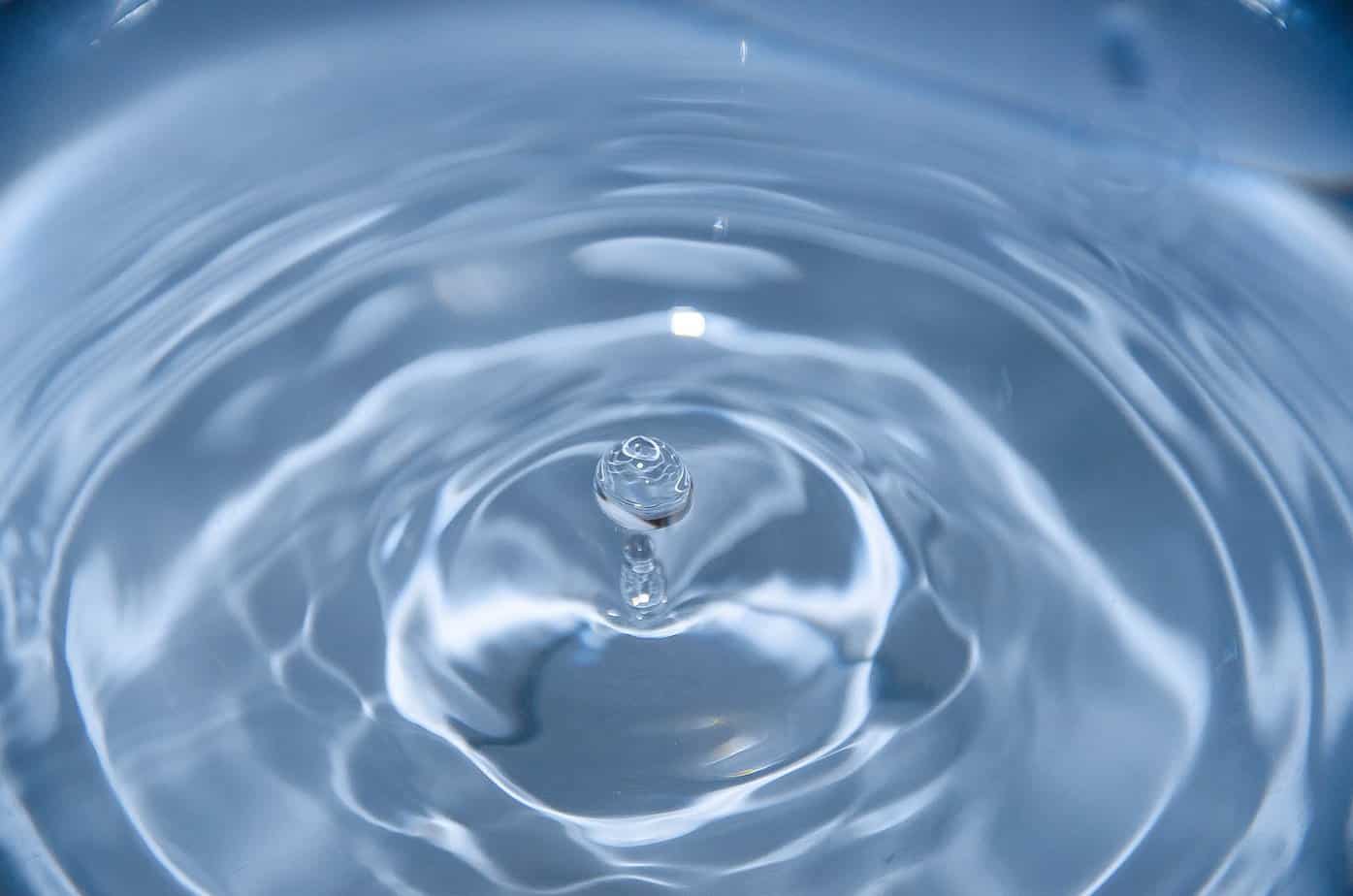
Water is a precious resource that sustains life on our planet, making it essential to ensure its quality and availability. Water storage tanks play a pivotal role in maintaining a steady supply of clean water for various purposes, from domestic use to industrial applications. To ensure the longevity and safety of these tanks, the utilization of tank lining services becomes essential.
Water tanks serve as repositories for clean water, providing a reliable source for consumption, sanitation, and various industrial processes. However, these tanks are exposed to a multitude of external factors that can compromise their structural integrity and the quality of the stored water. Contaminants, corrosion, and leaks are some of the common challenges that water tanks face, leading to potential health hazards and economic losses.
1. Corrosion: Corrosion is a natural process that occurs when metals react with their environment. In water tanks, corrosion can lead to the degradation of the tank’s materials, compromising its structural integrity and potentially causing leaks. Corrosion can be accelerated by factors such as water chemistry, temperature variations, and the presence of pollutants.
2. Microbial Growth: Stagnant water in storage tanks can become a breeding ground for various microorganisms, including bacteria, algae, and fungi. These microorganisms not only degrade the quality of water but also contribute to the formation of biofilms that adhere to tank surfaces. Biofilms can promote corrosion and reduce the tank’s overall efficiency.
3. Chemical Contaminants: Water from various sources may contain chemical contaminants such as minerals, heavy metals, and dissolved gases. Over time, these contaminants can accumulate in the tank, leading to water quality issues. Additionally, certain chemicals can corrode tank materials, further exacerbating the problem.
4. Physical Wear and Tear: External forces like weather conditions, seismic activities, and improper maintenance can lead to physical wear and tear of the tank structure. Cracks, dents, and breaches in the tank’s surface can provide entry points for contaminants and compromise the tank’s integrity.
Water tanks are essential for ensuring a steady supply of clean water for various purposes. However, the condition of these tanks can be compromised by factors such as corrosion, microbial growth, chemical contaminants, and physical wear and tear. To safeguard water quality and extend the lifespan of water tanks, the use of tank lining services is of paramount importance. These services offer protection against corrosion, microbial contamination, and chemical interactions, ultimately contributing to the reliability and safety of our water supply. Investing in tank lining services is a proactive step towards ensuring the longevity and quality of water storage tanks, benefiting both individuals and communities at large.
Main photo: David Becker/unsplash.com
Sponsored text